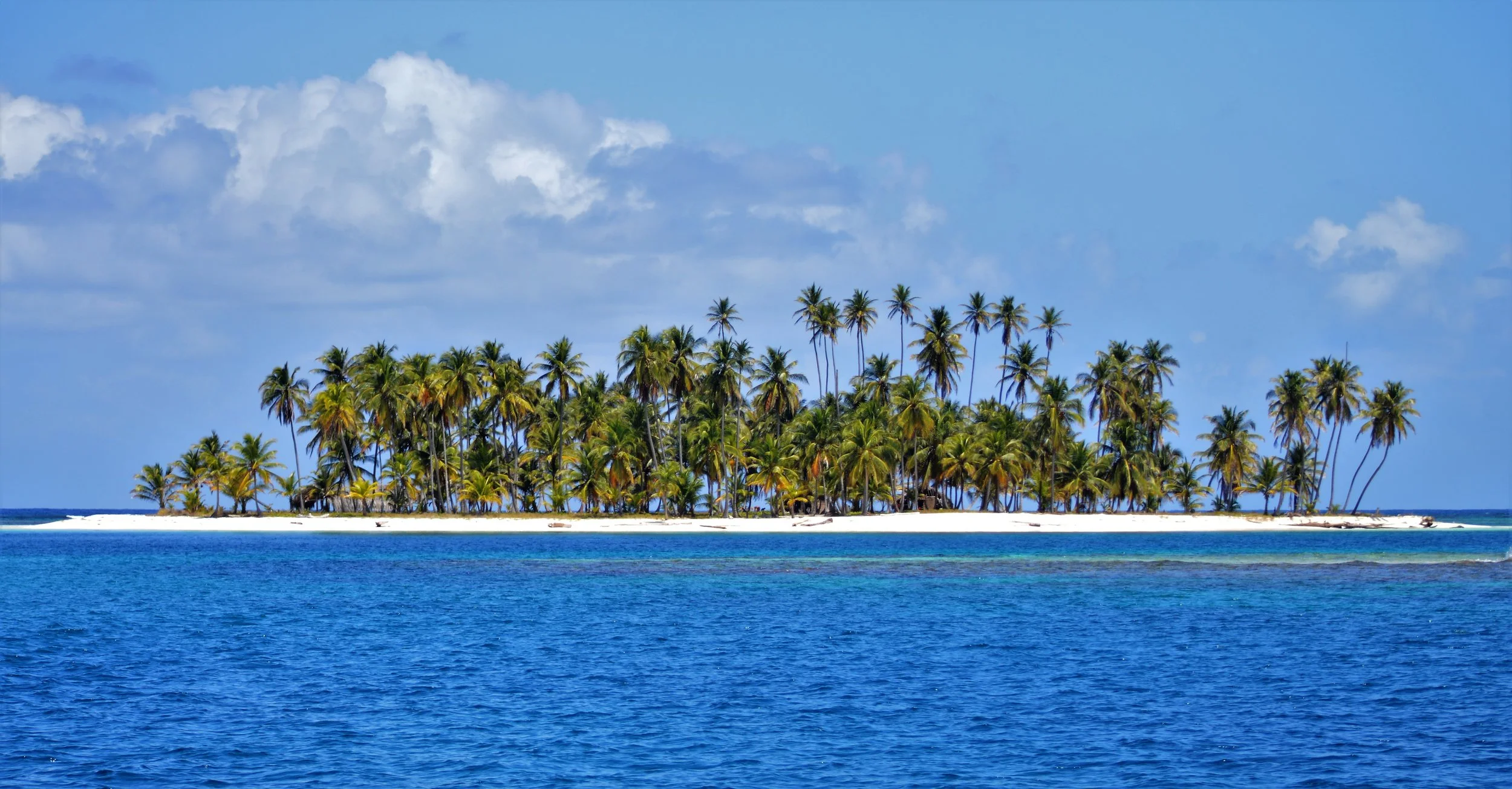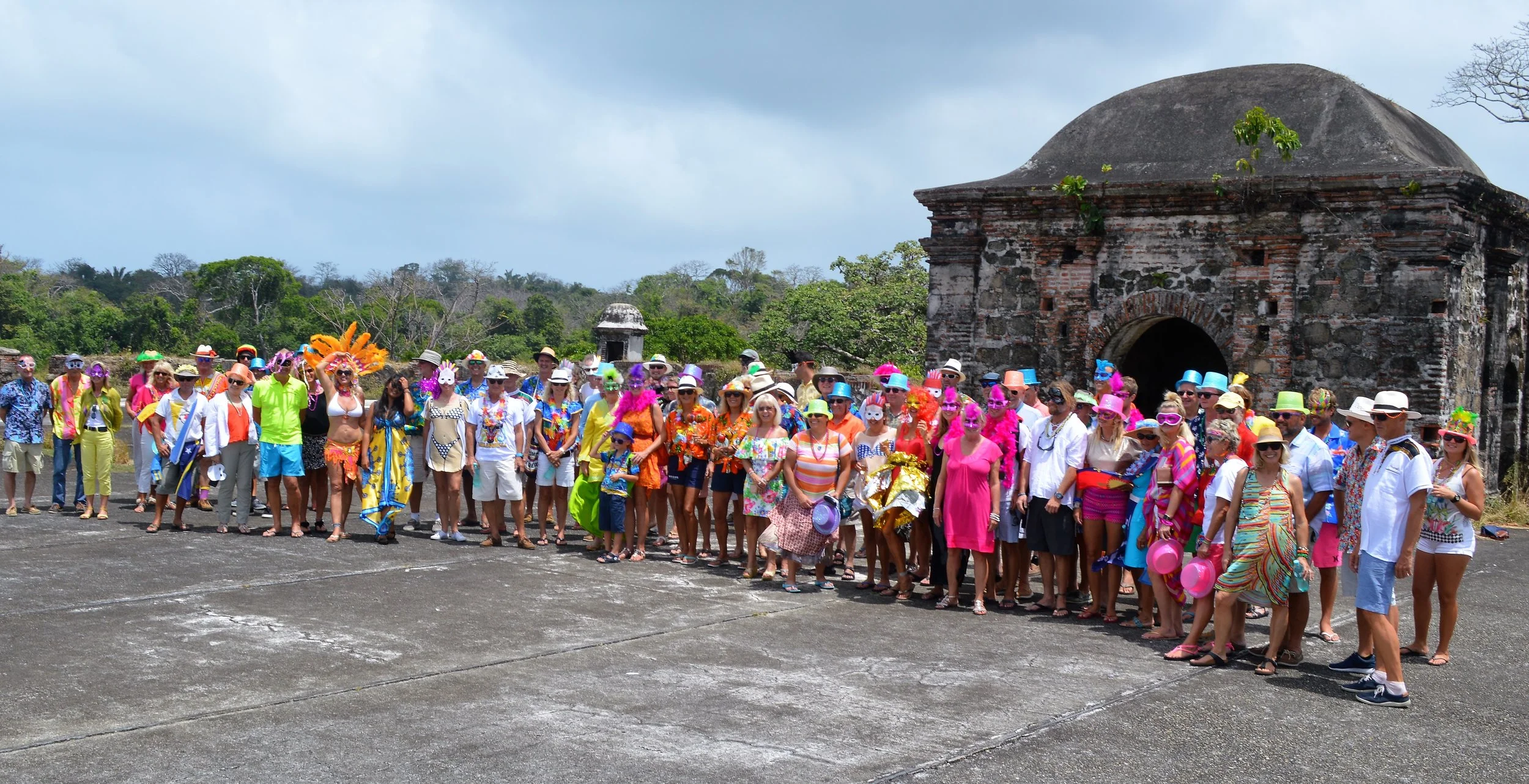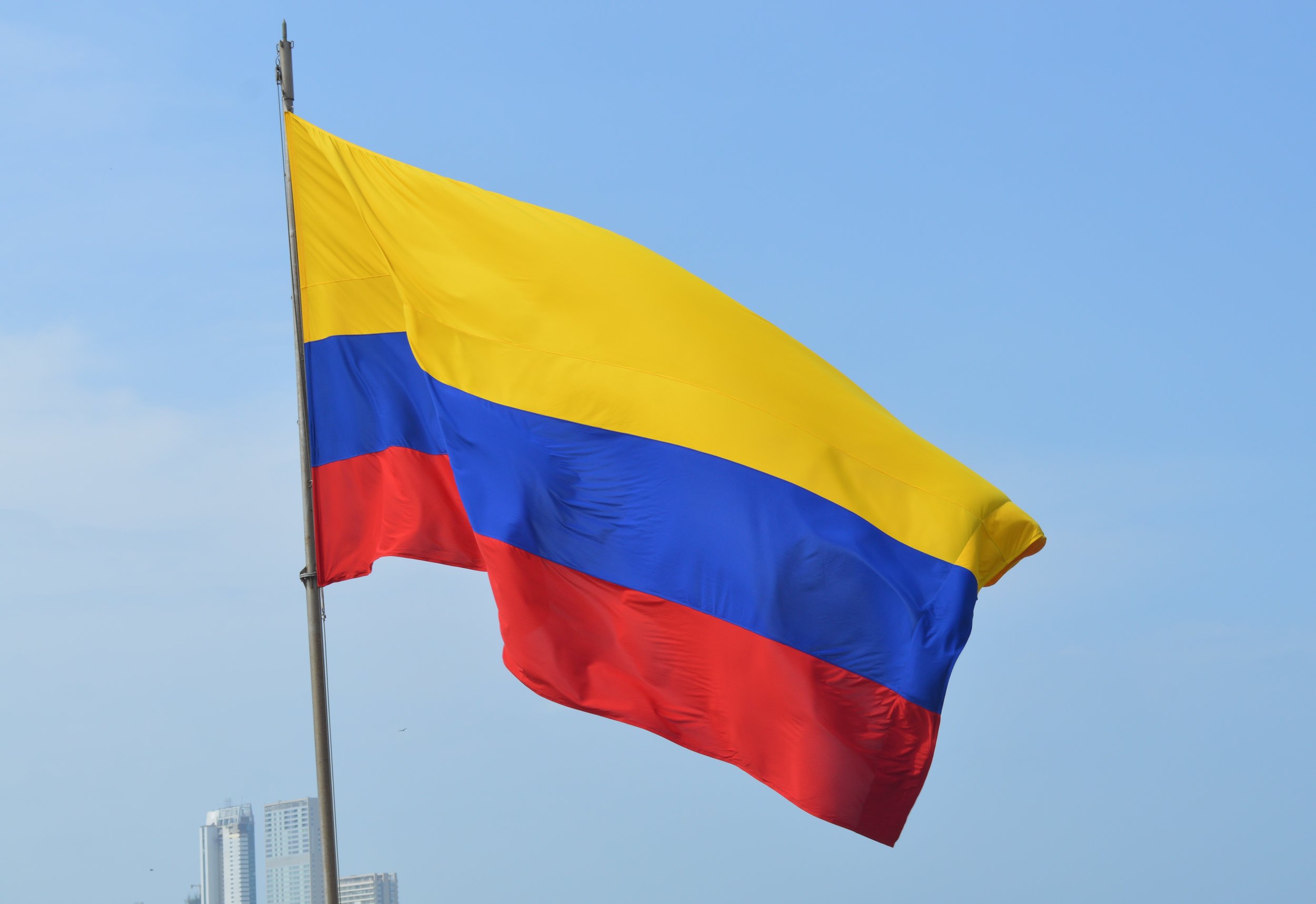San Blas Islands
Altair left Santa Marta, Columbia on Tuesday, February 14th to head for the San Blas. We expected the trip to be about 40 hours and timed our afternoon departure so we would arrive in bright daylight. The trip started out a bit rough as we sailed the infamous coast off of Cartagena and then settled down to be ideal offshore sailing. The boys caught a yellow fin tuna that was delicious. The passage ended with very light winds and we motored into the anchorage. Coco Bandero Cays – Orduptarboat Island.
There was much speculation heading out here as no one was quite sure what to expect as far as checking in with customs (Panama). It was one of those (very rare for us) “let’s just go for it” decisions because this is a unique and beautiful place not to be missed. Paperwork be damned! So we are in Panama waters unofficially and have purchased a cruising permit from the Guna Tribe. It is actually Kuna, but apparently they have no “K” in their alphabet. I think.
To try to describe the San Blas would take too long. Please check it out when you get a chance! The San Blas are an archipelago on Panama’s Caribbean coast comprised of over 340 islands. Both our Raymarine chart plotter and our Time Zero (Max Sea) charts are unreliable here (see chart photo showing Altair anchored on an island). We obtained some electronic Bauhaus charts from a neighbor in the Bonaire marina, which we’ve shared with other Oysters. It’s eyeball navigation, which is why we wanted to arrive in full daylight. Coral reefs everywhere and lots of shoals. If you ever have the opportunity to cruise here you will need “The Panama Cruising Guide” by Eric Bauhaus, his waypoints so far have been spot on.
A little background from the cruising guide: The San Blas are officially part of Panama since it was established in 1903, before that they were considered part of Columbia. But they are really their own independent society/nation. The indigenous Guna Indians have preserved their culture and traditions. The islands and associated mainland territory of the Guna Yala are ruled autonomously by the Guna “congresso”. To simplify – they stay very much to themselves. There are some small airstrips out here, leftovers from WWII. The mainstay of the economy is coconuts which are bought by Columbian traders. The small coastal Columbian boats also bring in supplies to the Guna. The Guna export lobster, crabs and octopus. The women produce molas, an applique handicraft made of multiple layers of material and fine stitching. We have purchased lobsters, fruit and vegetables, as well as the obligatory mola from local Guna who come alongside Altair in their “ulu”, small dugout canoes. The islands are just beautiful. The colors of the water are stunning. Photos can’t do the San Blas justice.
As we cautiously move from anchorage to anchorage here, daily life continues with boat maintenance and cleaning, laundry, cooking, etc. And of course snorkeling, dingy exploration, paddle boarding and sundowners with the other boats. We have no internet or cell service here. We should have provisioned better, with more produce and bread. The Guna do come around by boat with supplies, but you don’t know when or what you will get. I did manage to bake a loaf of bread yesterday, but I need to be mindful of propane consumption.
There is a distinct difference as we get closer to the coast of Panama. The outer San Blas truly seem like another world. There are quite a few boats from the OWR fleet scattered around the San Blas. We are all working our way to the Panama Canal.




























